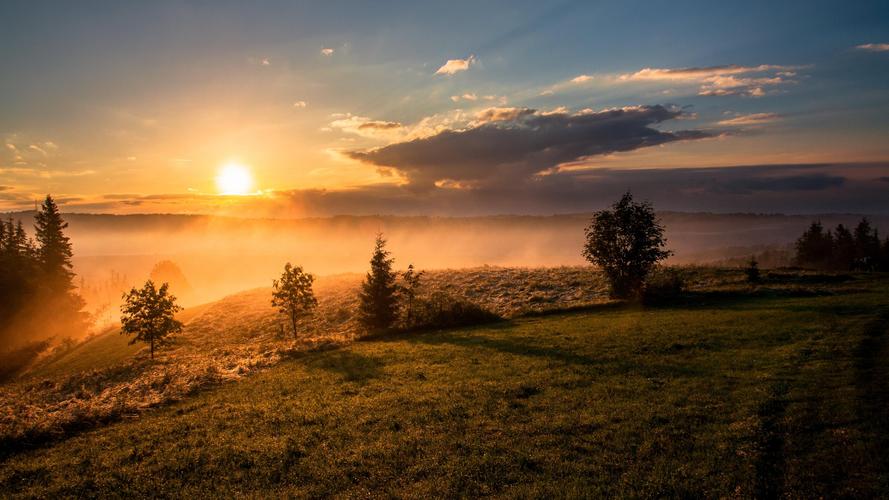Exploring Gay Japanese Culture: Traditions, Taboos, and Celebrations
Japan is famous around the world for its rich cultural heritage. However, not many people are familiar with the nuances of queer culture in Japan. While the LGBTQ+ community continues to experience discrimination and stigmatization in many parts of the world, there are some unique aspects of gay Japanese culture that make it fascinating to explore. This article delves into the various traditions, taboos, and celebrations in gay Japanese culture.
The History of Gay Culture in Japan
Homosexuality has been documented in Japan for centuries. However, it wasn’t until the Edo period (1603-1868) that same-sex relationships became officially illegal. The Meiji era (1868-1912) saw Western influence shaping Japanese attitudes towards gay culture. Homosexuality was decriminalized in 1880, but the law was vague and left to police discretion. The post-war period witnessed further social and cultural changes. Today, Japan is one of the more tolerant countries in Asia when it comes to LGBTQ rights.
Traditional Gay Relationships: Wakashudo
Wakashudo, or the “way of the young”, was a romantic and sexual relationship between an adult man and a teenage boy that was common in Japan’s samurai era. Wakashudo was not considered homosexual, and it was an accepted practice until the end of the Edo period. Homosexuality in Japan was historically not defined by gender identity but focused more on the physical or romantic relationships two individuals share. Today, the term Yaoi, referring to gay manga comics, has given rise to a highly popular cultural phenomenon that has achieved a global fan base.
Taboos and Challenges in Gay Japanese Culture
Despite significant progress in recent years, Japan still struggles to fully recognize and accommodate the LGBTQ community, especially in terms of legal protections and rights. Same-sex marriage is not yet legal in Japan, and there is some resistance to it within the ruling party itself. Japanese society values conformity, interdependence, and respect for hierarchy, which often acts as a deterrent for people who want to come out.
Gay Celebrations: Tokyo Rainbow Pride
Tokyo Rainbow Pride is the largest and most well-known gay pride event in Japan. It started in 2012 and takes place annually in Shibuya and adjacent neighborhoods. The event attracts thousands of participants and supporters, including foreign tourists. The motivation behind Tokyo Rainbow Pride is to promote acceptance for the LGBTQ community and bring social change in Japan. It is a celebration where everyone can come together and enjoy a day full of music, food, and dancing.
Conclusion
Gay Japanese culture has a rich history and unique characteristics that make it intrinsically fascinating. While there are still many challenges the LGBTQ+ community faces in Japan, it is important to celebrate the cultural traditions that have stood the test of time. Tokyo Rainbow Pride is proof that Japanese society continues to evolve and become more inclusive towards the LGBTQ community. As we strive towards a more open and accepting society, Japan’s gay culture can serve as a motivating force that inspires change to counter prejudice and promote equality.
(Note: Do you have knowledge or insights to share? Unlock new opportunities and expand your reach by joining our authors team. Click Registration to join us and share your expertise with our readers.)
